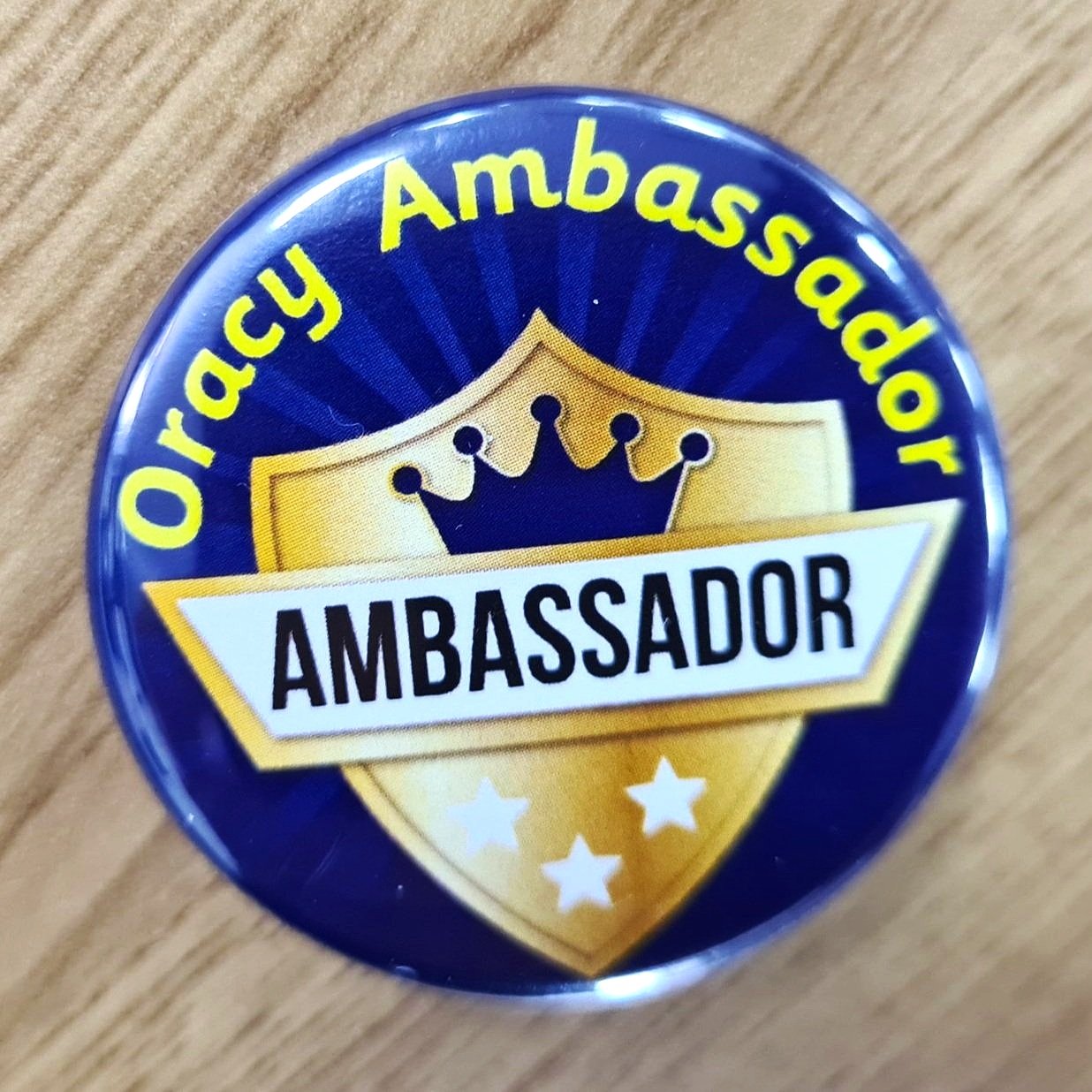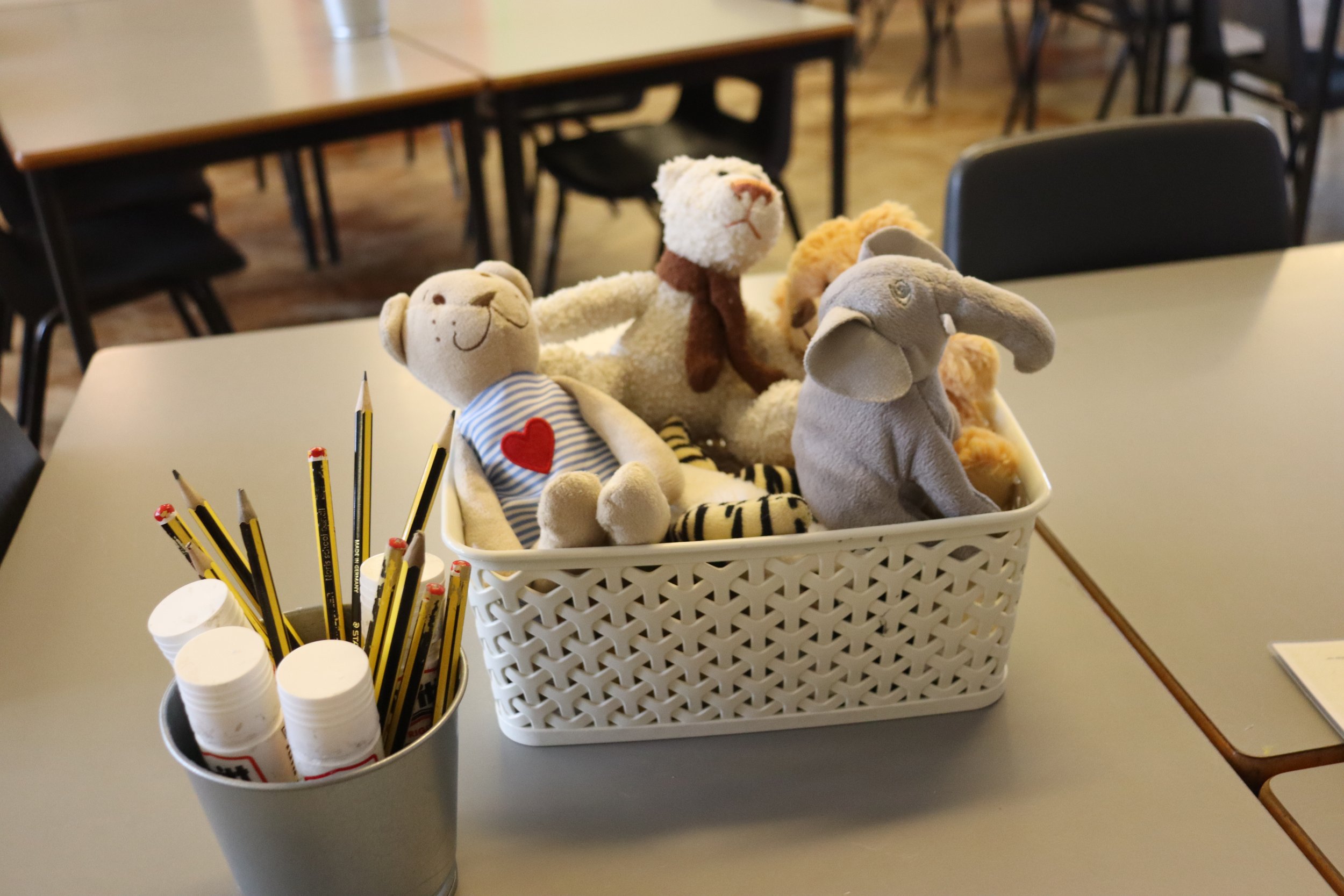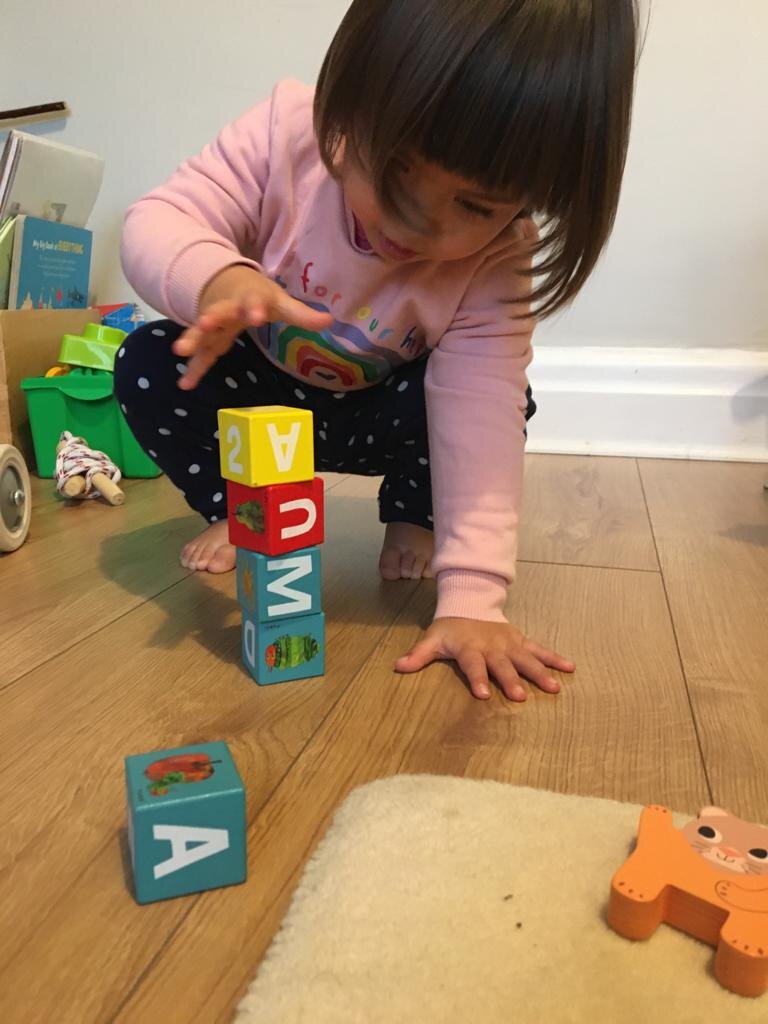
Image by Thomas Breher from Pixabay
Recently I observed a very effective teacher who has great systems for making group talk accountable.
When it was time for someone to stand and present after group work, the teacher quickly numbered the group members 1, 2, 3, 4 and rolled a dice to see who would stand. It took only a couple of seconds to randomly pick the person, who then stood up to speak to the class.
Due to this simple yet powerful accountability technique, everyone knew they had to get involved and be ready to explain. Everyone was invested in the task.
Example
Here’s how it could work in maths:
Students work in fours to solve equations. Each group has a different equation to solve. Everyone knows that next, someone from each group will be asked to stand to describe the problem, explain the group’s solution, and respond to questions from the class. But they don’t know in advance who will be doing this. The teacher is going to be rolling the dice!
A structure which develops speaking and listening, and can be used across the curriculum
How one teacher raises accountability using a quick and simple technique
Give students opportunities to say and apply new vocabulary
How one teacher got everyone thinking, talking, listening and learning
Show your pupils that you are trying to understand their thinking
Pupils feel that P4C helps them with everything from relationships to confidence to staying calm
Using an unexpected event as a P4C stimulus
Why giving out ‘talking objects’ is worth the hassle
How one Salford teacher has improved oracy in her classroom using The Volumiser!
If you’re not yet doing P4C – this video will convince you. If you are, it will convince you to do more.





























